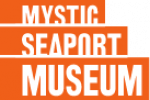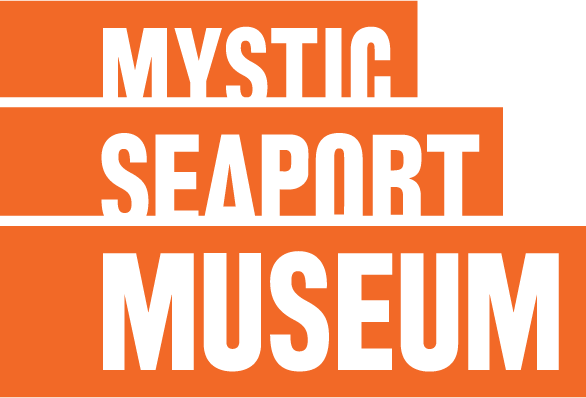Mystic Seaport Museum Opens ‘When This You See, Remember Me,’ a deep dive into 19th century photography on Saturday, January 19
Local photographers Everett Scholfield and George Tingley took thousands of photos during their careers, which spanned the late 19th and early 20th centuries. They took portraits, landscapes, business photos, artistic works, and pictures of local interest. And Tingley’s connection to the Museum goes back to its founding days 90 years ago.
The two men’s overlapping careers spanned the years 1865-1930. Scholfield was an itinerant businessman and frequently moved to different locations around southeastern Connecticut and Rhode Island, although he eventually settled in New London. Tingley spent the bulk of his career in Mystic. Over the years beginning in the 1970s, photographs taken by both Scholfield and Tingley, as well as their original backdrops, cameras, coupons, and ads were donated to the Museum, ultimately resulting in an extensive collection.
In fact, in 1930 George Tingley presented two of his photographs – depicting a battleship and a tow boat – to Dr. Charles Stillman, one of the men who had founded Mystic Seaport Museum a year earlier. These were the first two photographs in the museum’s collections. Over time, Tingley’s two photographs were joined by many others and today the photographic collection – one of the most important in the United States – includes more than 1 million images.
The show, which opens Saturday, January 19 at 10 a.m., explores advances in photographic technology and techniques in late 1800s studio photography from the perspective of both the sitter and the photographer. Scholfield and Tingley worked with bulky and complicated equipment. They captured images on glass and then had to mix and work with chemicals to create photographs. Color photographs did not exist and they could not make enlargements; to make a large photo they had to make a very large glass negative.
Portrait photography in those days could be a tortured process. Photographers had to make sure cameras, negatives, and equipment were in place, as well as any desired furniture, backdrops, or props. They also needed sufficient lighting; a frequent challenge in the days before electricity. Those sitting for the portrait had to be posed, and then sit still for many minutes while the photograph was being taken. Any movement would result in a blurry picture. This was particularly challenging when children and/or pets were involved. Added to all that stress, the image the photographer saw through the lens was upside down.
Using a recreated set based upon artifacts from Scholfield’s studio, visitors to the exhibition will be able to take their own 19th century-style portrait. They can practice composing a scene viewed upside down through a period camera, learn about the darkroom process, and experiment with props and poses. They then can take their own photo with their camera or smartphone.
Visitors will be encouraged to share their picture on social media with #MSMRememberMe and an Instagram feed of the resulting images will be streamed as part of the exhibition.



